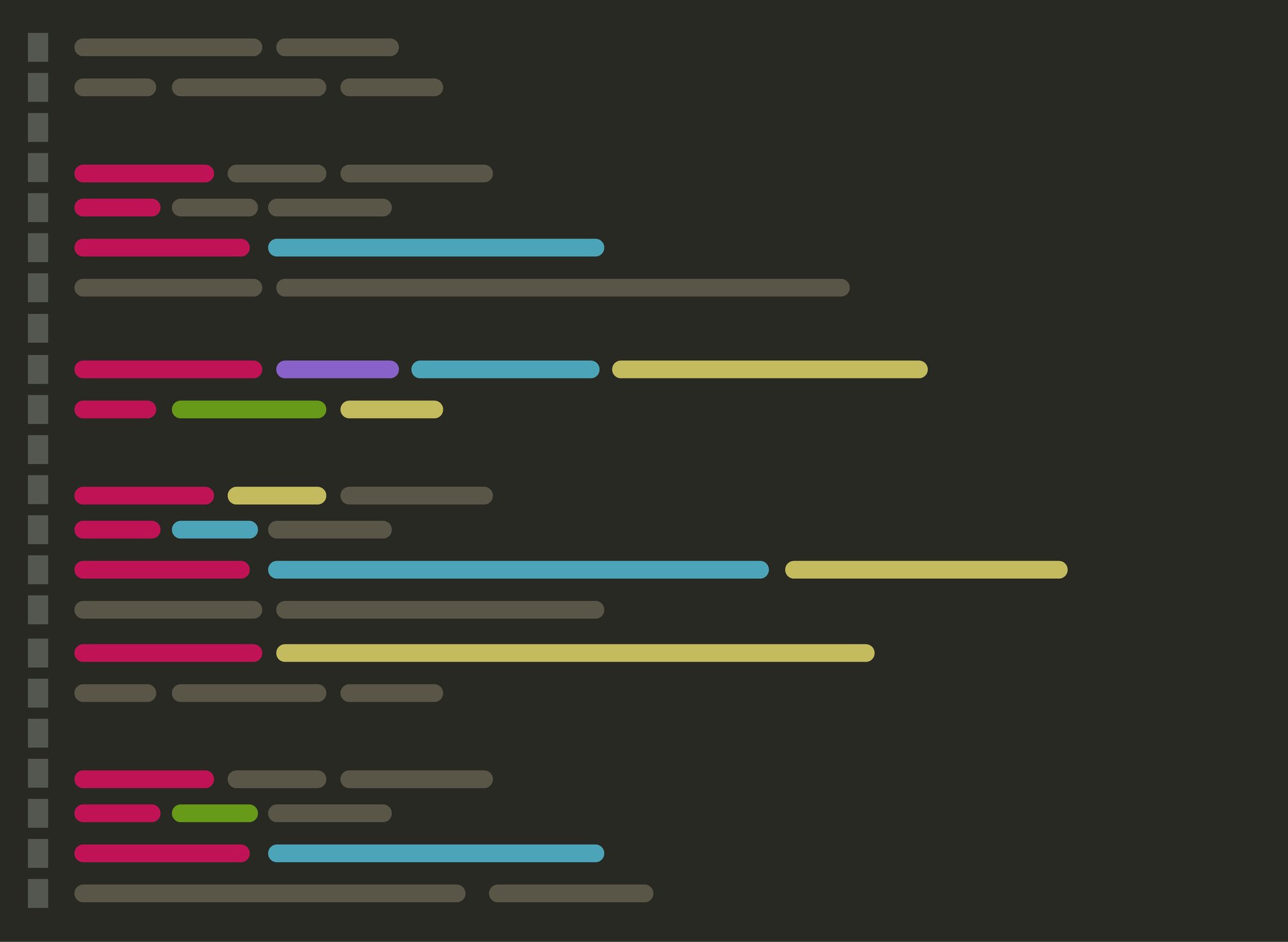Les langages de programmation, tout comme les langues parlées, ont leurs propres structures, formats et flux uniques.
Alors que les langues parlées sont généralement déterminées par la géographie, l'utilisation des langages de programmation est davantage déterminée par la préférence du programmeur, la culture informatique et les objectifs commerciaux.
En ce qui concerne la science des données, il y a quatre langages de programmation qui sont largement préférés. Nous avons demandé à des experts en analyse de données de décomposer chacun de ces langages et leurs rôles dans la déconstruction des big data.
4 langages de programmation pour les big data
Il existe aujourd'hui de nombreux langages de programmation utilisés à diverses fins, mais les quatre plus importants que vous verrez en ce qui concerne les big data sont :
Certains de ces langages sont meilleurs pour les tâches analytiques à grande échelle tandis que d'autres excellent dans l'opérationnalisation des big data et de l'internet des objets. Commençons par Python pour voir où il se situe.
Langage de programmation Python
On estime qu'il y a aujourd'hui près de 5 millions d'utilisateurs de Python, ce qui en fait l'un des langages les plus couramment utilisés. En fait, même la NASA utilise Python pour programmer son équipement spatial.
La popularité de Python est renforcée par sa courbe d'apprentissage relativement faible, et de plus en plus de programmeurs débutants se tournent vers Python comme premier langage. Mais quel est le rôle de Python en ce qui concerne les big data ? Écoutons ce que nos experts ont à dire :
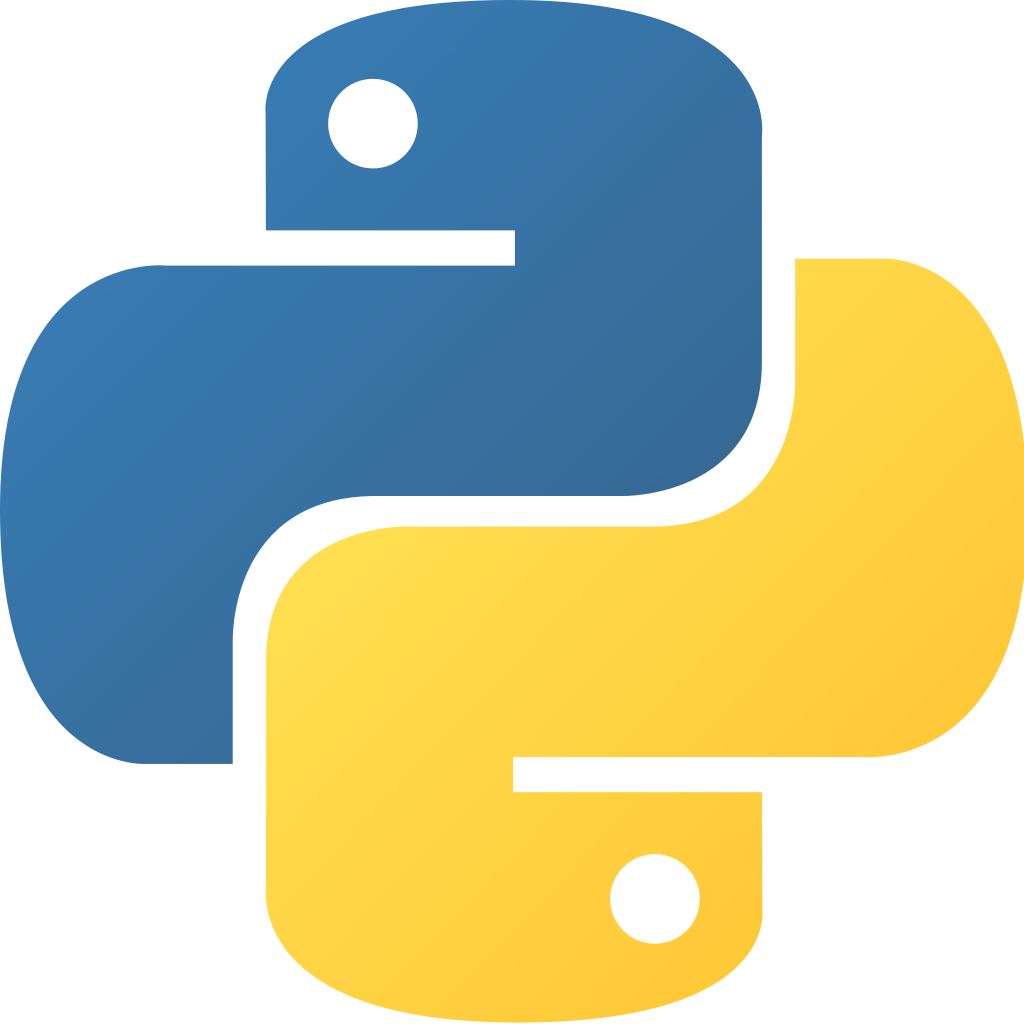 John Munn, Directeur général de Global Digital Week
John Munn, Directeur général de Global Digital Week
« Python est assez simple et facile à apprendre, mais a tendance à être un peu en retard. Les nouvelles fonctionnalités sont généralement offertes d'abord à Java, et Python ne les obtient qu'après quelques mises à jour. »
Prafulla Chandra Prasad, Professionnel IT chez IBM & Propriétaire de Cool Techno Spy
« Ces dernières années, Python a gagné en valeur grâce à l'émergence de l'intelligence artificielle, de l'apprentissage automatique et de la science des données. Python est le mieux compatible avec l'apprentissage automatique et l'analyse de données, ou toute activité incluant des graphiques statiques, des calculs mathématiques, l'automatisation, le multimédia, les bases de données, le traitement de texte-images.
Les principaux avantages de Python sont ses vastes bibliothèques qui peuvent effectuer des tâches à plusieurs niveaux. Ce Python est qualifié pour l'analyse des big data. »
Krzysztof Surowiecki, Associé gérant chez Hexe Data
« Si je devais choisir un langage, je mettrais Python comme un très bon choix pour travailler avec les big data. Pourquoi cela ? »
- Python est universel. C'est un langage qui peut être utilisé efficacement pour télécharger des données, envoyer des données, nettoyer des données et les présenter sous forme de site web (par exemple en utilisant des bibliothèques telles que Bokeh et Django comme base d'un site web).
- Python est idéal pour l'expansion grâce à l'écosystème riche de bibliothèques de haute qualité. Mentionnons ici seulement Numpy, Pandas, Matplotlib, Bokeh, Tensorflow, Scikit-learn et Nltk. Chacune de ces bibliothèques fournit des solutions prêtes à l'emploi pour travailler avec, par exemple, de grands ensembles de données ou des visualisations.
- Python est relativement facile à apprendre, grâce à sa syntaxe intuitive (semblable au langage naturel) et à la forte activité de l'environnement Python.
- Python est stable et prévisible dans le contexte du cycle de développement. Bien sûr, Python n'est pas le seul langage de programmation pour les big data, mais il est dit être le langage de programmation de choix pour la science des données. Il a dépassé R ces dernières années, et en 2018, 66 pour cent des scientifiques des données ont déclaré l'utiliser quotidiennement, faisant de Python l'outil numéro un pour les analystes.
Brendan Martin, Fondateur & Rédacteur en chef de Learn Data Sci
« Le meilleur langage polyvalent pour travailler avec les données est Python. Python a une communauté open source massive avec des milliers de bibliothèques qui facilitent et simplifient le travail avec les données à n'importe quelle échelle.
Par exemple, la bibliothèque Numpy permet à Python d'atteindre une vitesse semblable à celle de C lors du travail avec les mathématiques vectorielles et matricielles. De même, la bibliothèque Pandas, qui est construite sur Numpy, vous permet de vectoriser des opérations qui nettoient et transforment d'énormes ensembles de données avec facilité. L'écosystème Python rend vraiment simple l'analyse rapide des données et le prototypage de solutions d'apprentissage automatique. »
Vous voulez en savoir plus sur Solutions de stockage de données ? Découvrez les produits Entrepôt de données.
Langage de programmation R
R est un autre langage open source comme Python, cependant, son application est beaucoup plus statistique et est utile pour la visualisation et la modélisation des données plutôt que pour l'analyse. Référons-nous à nouveau aux experts pour entendre leurs opinions sur R.
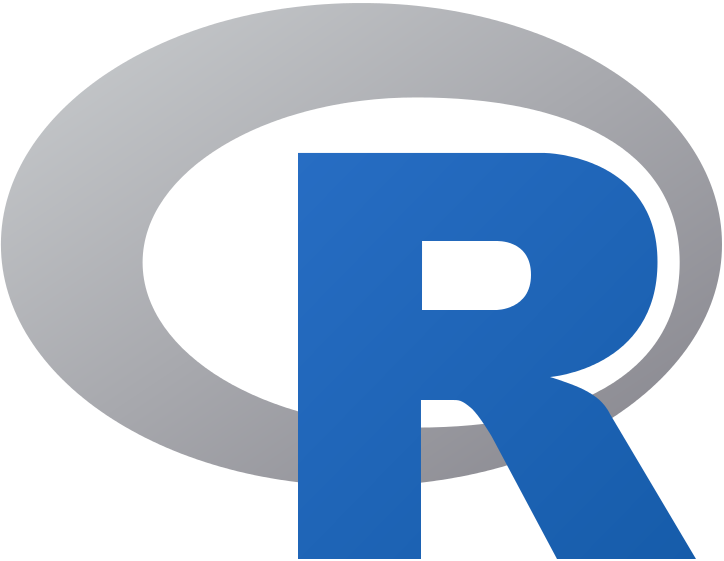 John Munn
John Munn
« R est puissant, mais ne peut pas vraiment être utilisé comme un langage à usage général. Bien que vous puissiez faire de grandes choses avec R, vous devrez probablement le traduire en Python, Scala ou Java avant de l'utiliser réellement. »
Prafulla Chandra Prasad
« L'un des langages de programmation les plus polyvalents utilisés par les mineurs de données et les scientifiques des données pour analyser les données. Il offre une programmation orientée objet forte et simplifie les tâches dans le langage informatique. Le traçage des statistiques peut être facilement compris pour produire des graphiques et d'autres symboles mathématiques. »
Bien que R ait de nombreuses capacités, le langage lui-même est assez avancé et la courbe d'apprentissage est considérablement plus raide que celle de Python. Cependant, le support communautaire et le nombre impressionnant de bibliothèques disponibles pour Python sont plus importants. Donc, cela dépend vraiment de la préférence du programmeur.
Langage de programmation Java
Un des premiers langages de programmation, Java est largement connu pour sa polyvalence et pour unifier de nombreuses techniques de science des données. De plus, Hadoop HDFS – le cadre open source pour le traitement et le stockage des applications big data – est entièrement écrit en Java. En plus de cela, Java est également largement utilisé dans la construction de diverses applications ETL comme Apache Camel, Apatar, et Apache Kafka qui sont utilisées pour exécuter l'extraction, la transformation et le chargement des données dans un environnement big data.
Nos experts discutent pourquoi Java est populaire pour tout ce qui concerne les big data.
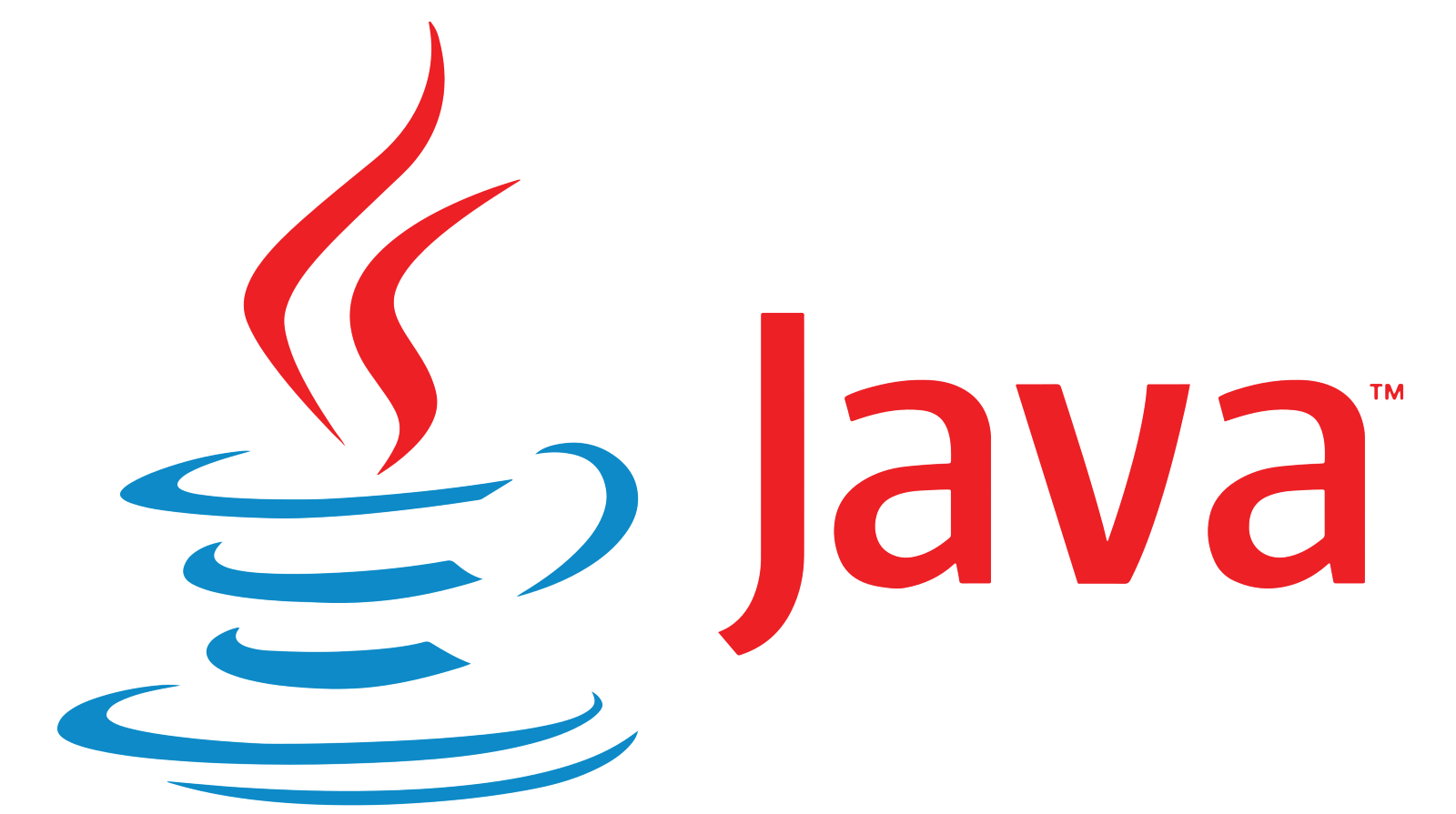 John Munn
John Munn
« Java est probablement le meilleur langage à apprendre pour les big data pour plusieurs raisons ; MapReduce, HDFS, Storm, Kafka, Spark, Apache Beam et Scala (font tous partie de l'écosystème JVM (Java Virtual Machine).
Java est de loin le langage le plus testé et éprouvé. Il a un grand nombre d'utilisations et peut fonctionner sur presque tous les systèmes – facilement le langage le plus polyvalent, donc extrêmement utile pour les big data. Étant portable, investir dans Java est bénéfique à long terme pour les développeurs. Comme l'a dit Ron Pressler d'Oracle, Java a 20 ans. Il sera probablement grand et populaire dans 20 ans. Nous devons penser 20 ans à l'avance.
Java a un vaste support communautaire comme Stack Overflow et GitHub, et bien qu'il ne soit pas aussi rationalisé que Scala ou aussi puissant pour les données que R, il est encore bien meilleur que tout autre langage. »
Alex Bekker, Chef de l'analyse des données chez ScienceSoft
« Je crois que le langage de programmation fondamental pour les big data est Java, car toutes les technologies de base des big data, telles qu'Apache Hadoop, Apache Hive, Apache HBase, Apache Cassandra, et d'autres, sont écrites dans ce langage de programmation. D'autres langages importants sont Python et R. Python est un choix parfait pour l'ETL et l'analyse de données, tandis que R est le langage de la science des données. »
Langage de programmation Scala
Le dernier langage de cette liste s'appelle Scala, un langage de programmation open source de haut niveau faisant partie de l'écosystème Java Virtual Machine. Scala est en fait l'abréviation de « scalabilité », ce qui indique son utilité en ce qui concerne les big data. Consultons les experts de notre tour d'horizon pour entendre leurs opinions.
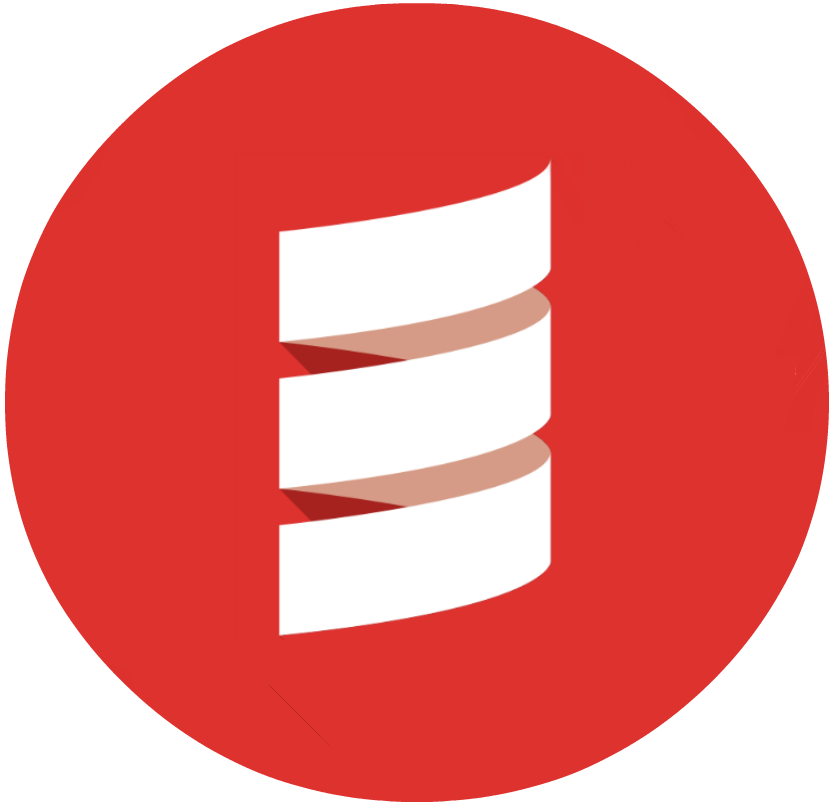 John Munn
John Munn
« Scala est incroyablement populaire dans l'industrie financière et vous pouvez faire beaucoup avec moins de code en Scala qu'en Java, cependant, Scala peut facilement gonfler donc il peut être lent par rapport à Java. Il n'est pas non plus aussi testé ou polyvalent. »
Bruce Kuo, Data Scientist chez Codementor
« En dehors de SQL, Python et R, des langages tels que Java et Scala ne sont pas aussi idéaux pour l'analyse des big data car ils sont plus comme des langages de programmation "purs" qui manquent de sucre syntaxique. Comparé à Python, il y a aussi moins de bibliothèques d'analyse de données disponibles. »
Il est à noter que Apache Spark, un cadre de calcul en cluster pour les applications big data, est entièrement écrit en Scala. Vous pouvez en savoir plus sur Spark en lisant des avis d'utilisateurs réels.
Choisir le bon langage
Qu'il s'agisse d'un langage de syntaxe tendance comme Python ou de langages plus conventionnels comme Java et R, choisir le bon langage de programmation pour les big data dépend vraiment de vous et des préférences de votre entreprise.
Vous connaissez les langages, alors comment sont-ils utilisés ? Lisez notre guide sur l'analyse des big data pour mieux comprendre comment les grands ensembles de données sont examinés.

Devin Pickell
Devin is a former senior content specialist at G2. Prior to G2, he helped scale early-stage startups out of Chicago's booming tech scene. Outside of work, he enjoys watching his beloved Cubs, playing baseball, and gaming. (he/him/his)
